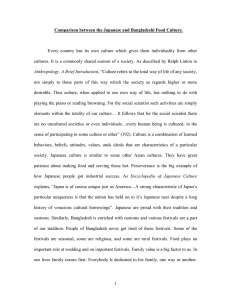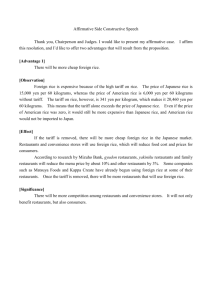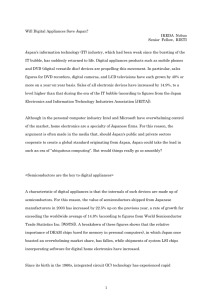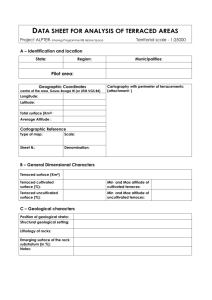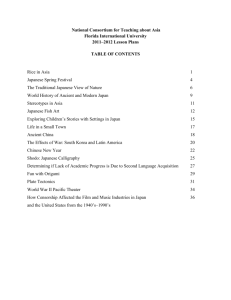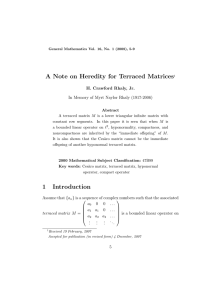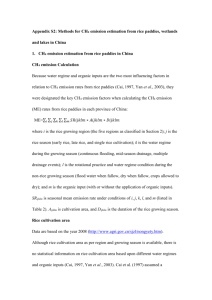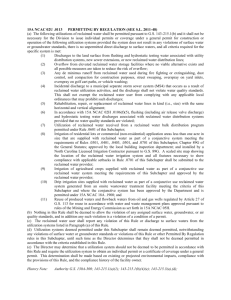HEI in Japan
advertisement
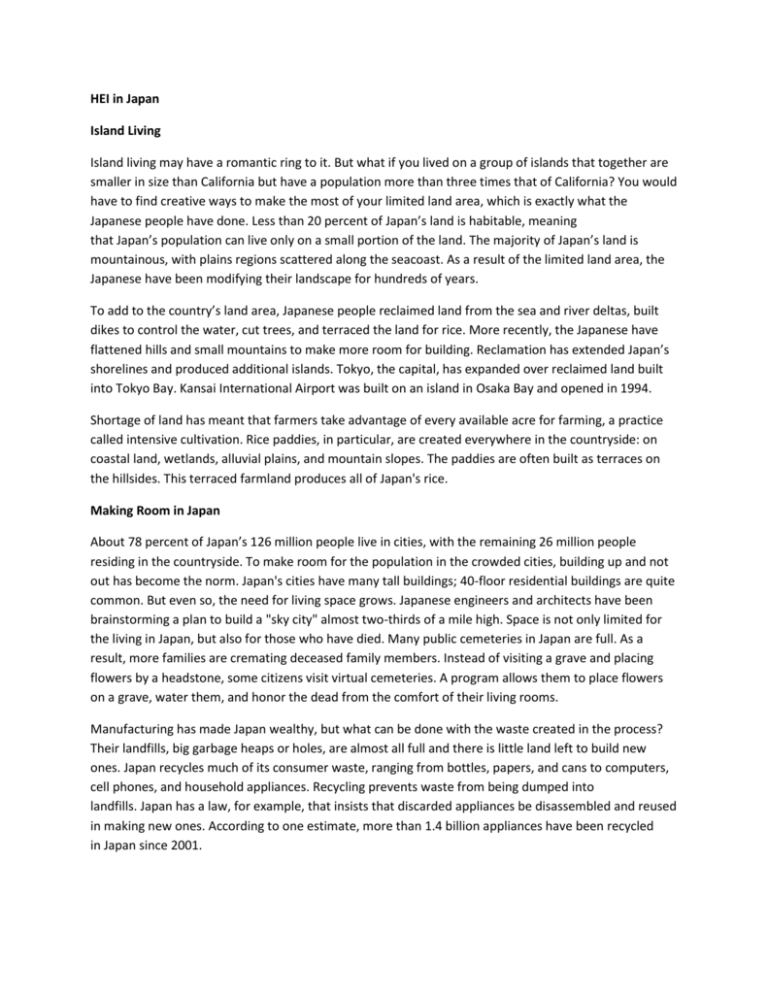
HEI in Japan Island Living Island living may have a romantic ring to it. But what if you lived on a group of islands that together are smaller in size than California but have a population more than three times that of California? You would have to find creative ways to make the most of your limited land area, which is exactly what the Japanese people have done. Less than 20 percent of Japan’s land is habitable, meaning that Japan’s population can live only on a small portion of the land. The majority of Japan’s land is mountainous, with plains regions scattered along the seacoast. As a result of the limited land area, the Japanese have been modifying their landscape for hundreds of years. To add to the country’s land area, Japanese people reclaimed land from the sea and river deltas, built dikes to control the water, cut trees, and terraced the land for rice. More recently, the Japanese have flattened hills and small mountains to make more room for building. Reclamation has extended Japan’s shorelines and produced additional islands. Tokyo, the capital, has expanded over reclaimed land built into Tokyo Bay. Kansai International Airport was built on an island in Osaka Bay and opened in 1994. Shortage of land has meant that farmers take advantage of every available acre for farming, a practice called intensive cultivation. Rice paddies, in particular, are created everywhere in the countryside: on coastal land, wetlands, alluvial plains, and mountain slopes. The paddies are often built as terraces on the hillsides. This terraced farmland produces all of Japan's rice. Making Room in Japan About 78 percent of Japan’s 126 million people live in cities, with the remaining 26 million people residing in the countryside. To make room for the population in the crowded cities, building up and not out has become the norm. Japan's cities have many tall buildings; 40-floor residential buildings are quite common. But even so, the need for living space grows. Japanese engineers and architects have been brainstorming a plan to build a "sky city" almost two-thirds of a mile high. Space is not only limited for the living in Japan, but also for those who have died. Many public cemeteries in Japan are full. As a result, more families are cremating deceased family members. Instead of visiting a grave and placing flowers by a headstone, some citizens visit virtual cemeteries. A program allows them to place flowers on a grave, water them, and honor the dead from the comfort of their living rooms. Manufacturing has made Japan wealthy, but what can be done with the waste created in the process? Their landfills, big garbage heaps or holes, are almost all full and there is little land left to build new ones. Japan recycles much of its consumer waste, ranging from bottles, papers, and cans to computers, cell phones, and household appliances. Recycling prevents waste from being dumped into landfills. Japan has a law, for example, that insists that discarded appliances be disassembled and reused in making new ones. According to one estimate, more than 1.4 billion appliances have been recycled in Japan since 2001.



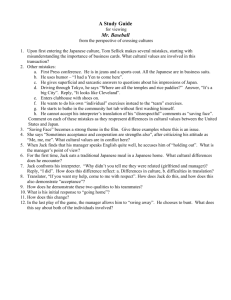




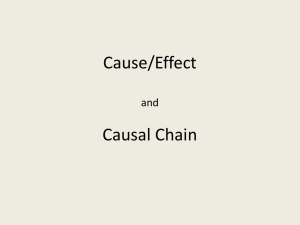
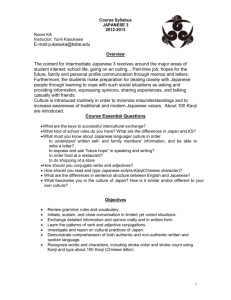
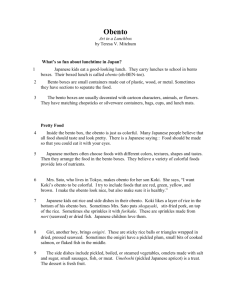
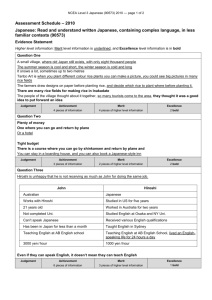
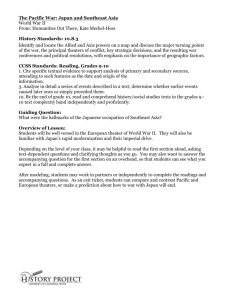
![Presentation [PDF:172KB]](http://s3.studylib.net/store/data/008848421_1-3fab906d13c921633368c21df062355e-300x300.png)
